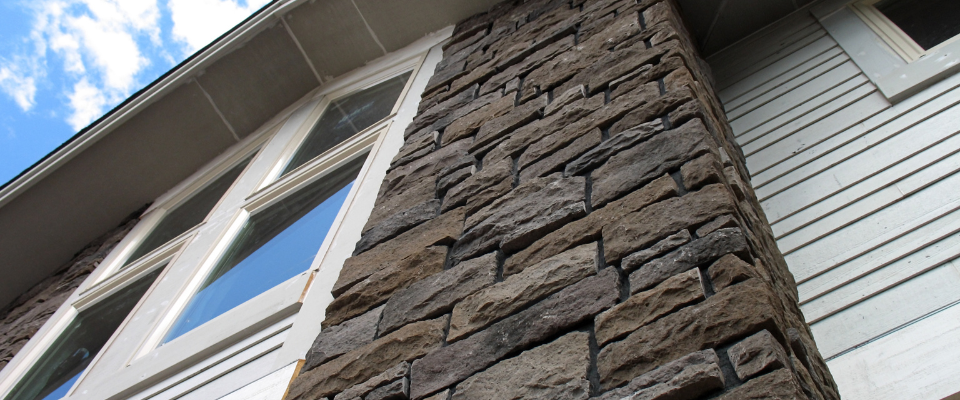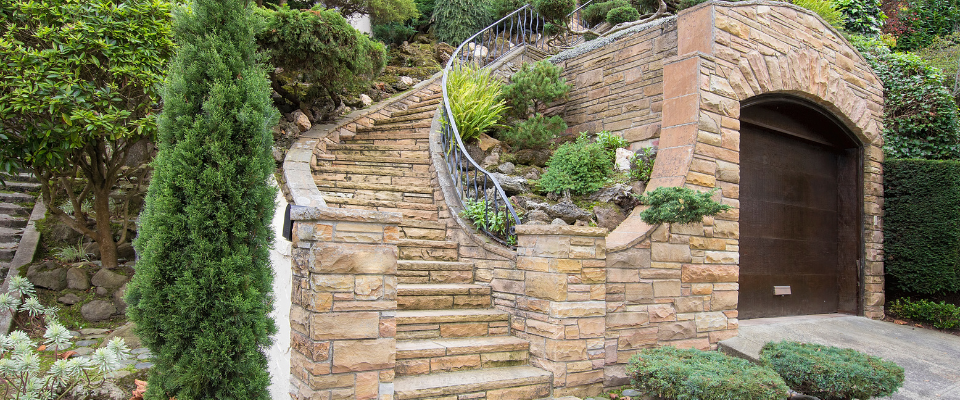AMSV is known for its aesthetic appeal, offering a wide range of textures, colors, and styles that suit various architectural designs. Its lightweight nature compared to natural stone reduces the structural load on buildings and makes it easier to handle and install. Additionally, AMSV is generally more affordable than natural stone due to lower material and installation costs.
The installation process of AMSV begins with surface preparation, ensuring the substrate is clean, sound, and properly prepared. Suitable substrates include masonry, concrete, and certain types of sheathing covered with a weather-resistant barrier. A weather-resistant barrier is then installed to protect against moisture infiltration. A corrosion-resistant metal lath is attached to the substrate to provide a mechanical bond for the mortar. Over this lath, a scratch coat of mortar is applied and allowed to cure. Mortar is then applied to the back of each stone veneer piece, which is pressed firmly onto the scratch coat to ensure good adhesion. The joints between the stones are filled with mortar if required and tooled for a finished appearance. In some cases, a sealer may be applied to protect the veneer from moisture and staining.



